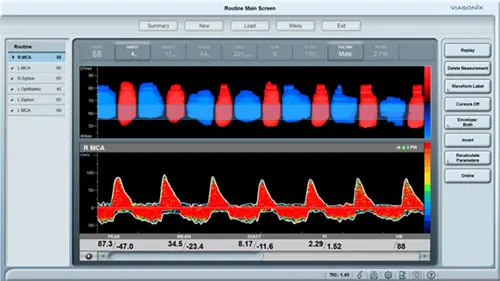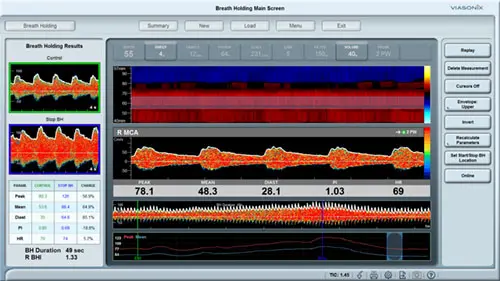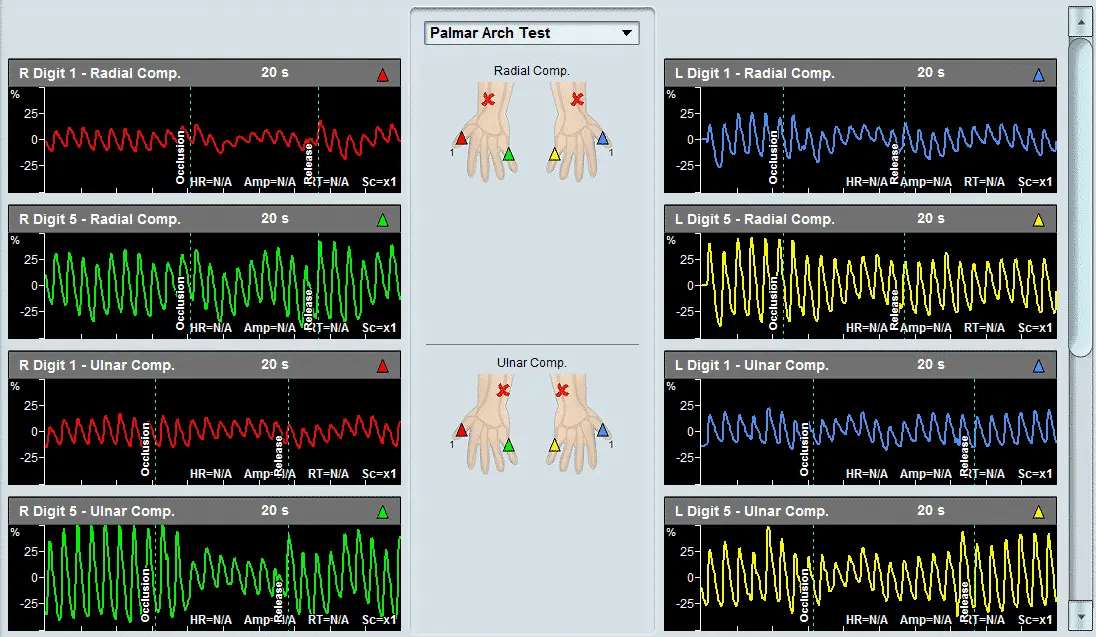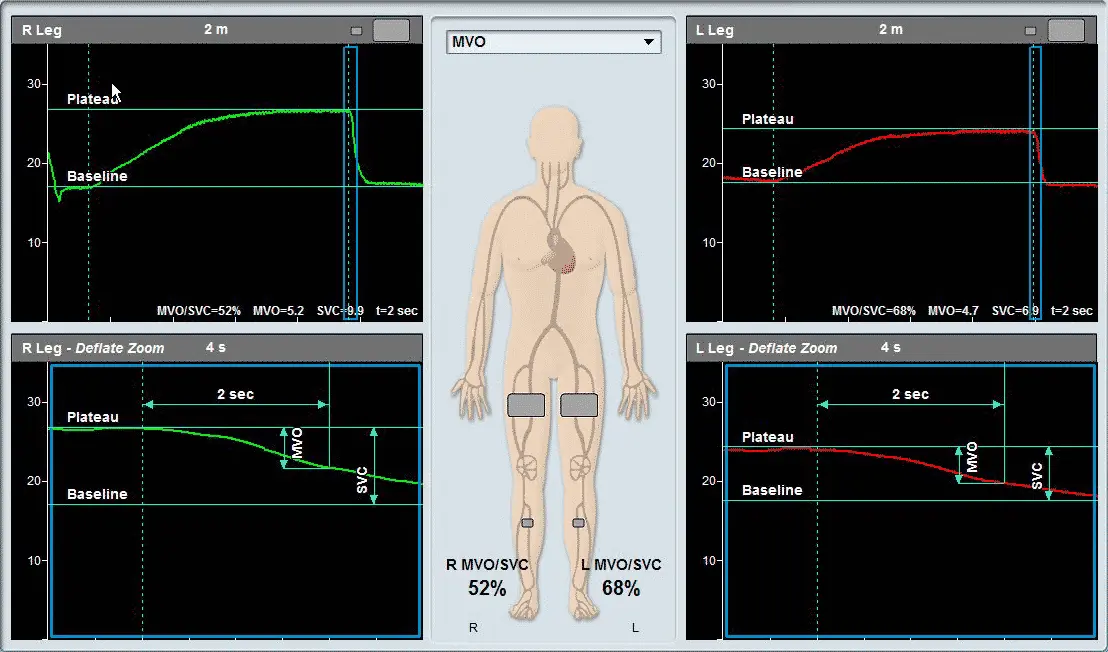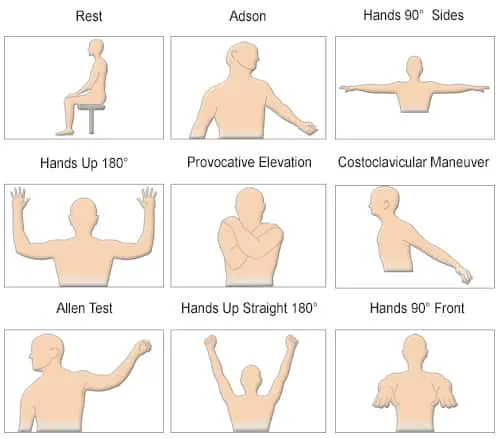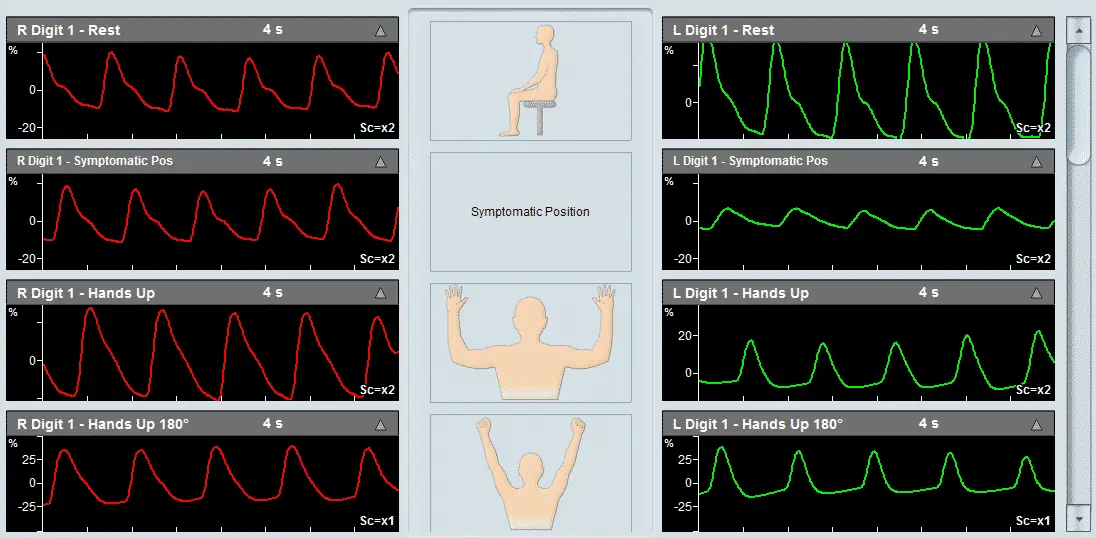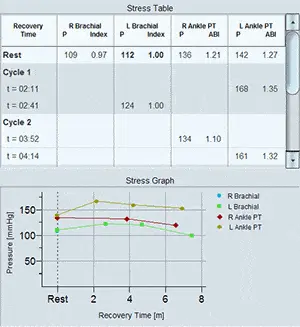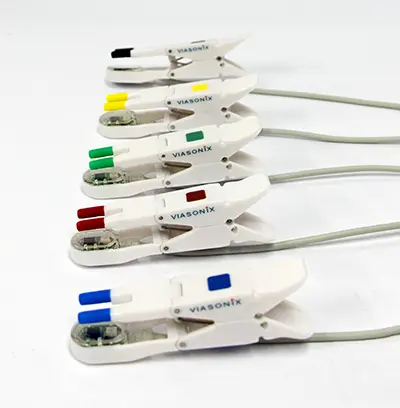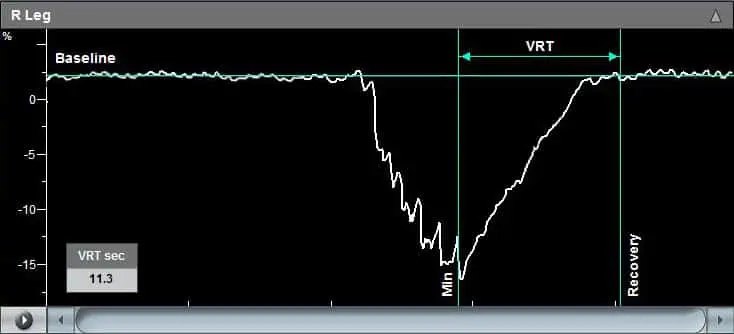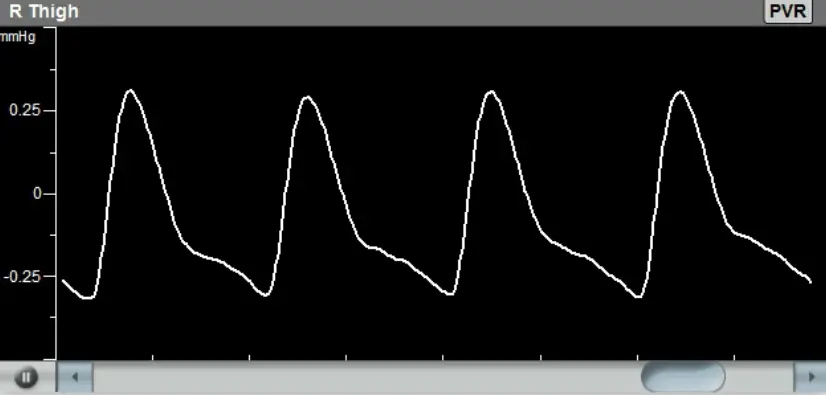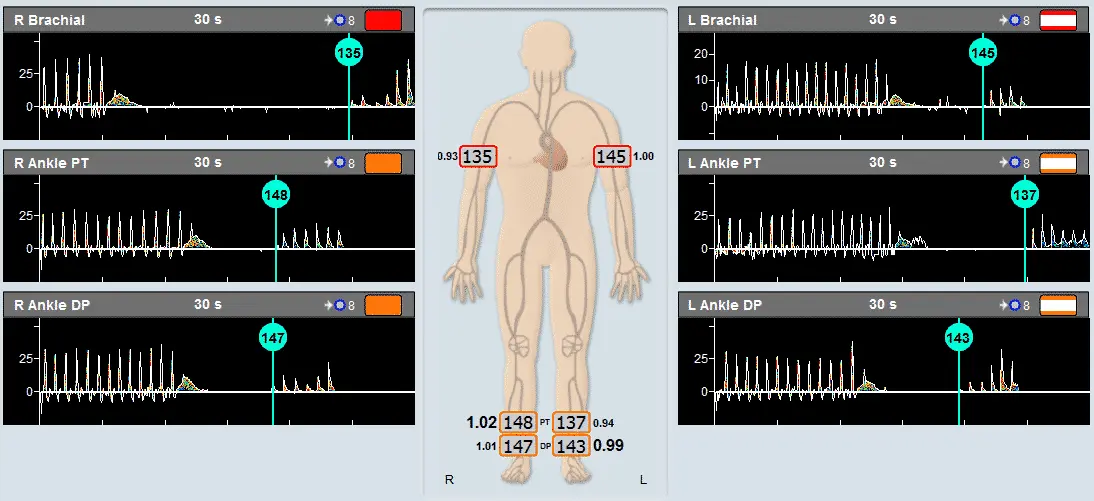As a neurology surgeon at a hospital, I often use Transcranial Doppler (TCD) to track vasospasm, which is a common complication following aneurysmal subarachnoid hemorrhage (SAH). Vasospasm is characterized by a constriction of the blood vessels in the brain, which can lead to decreased blood flow and oxygenation to the brain, and can ultimately result in brain injury or stroke.
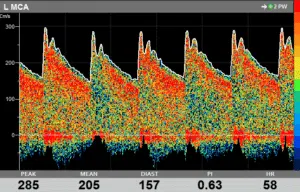
One of the main benefits of TCD in tracking vasospasm is that it is non-invasive and can be easily performed at the bedside. This allows for frequent monitoring of blood flow in the major cerebral vessels, particularly in the middle cerebral artery (MCA) and the internal carotid artery (ICA), which are the most commonly affected vessels in vasospasm.
TCD can be used to measure the velocity of blood flow in the cerebral vessels, which can be used to infer information about blood flow and perfusion. It can also be used to measure the pulsatility index (PI), which is a ratio of systolic to diastolic blood flow. A high PI is indicative of vasospasm, and can help guide decisions about further diagnostic testing and treatment.
One of the advanced options of the Dolphin TCD is the ability to display and report the data in a variety of formats, including color-coded maps of blood flow velocities, which can help identify areas of vasospasm more easily. This advanced display and reporting options allows for a more comprehensive and accurate evaluation of vasospasm progression, which can help guide decisions about treatment and intervention.
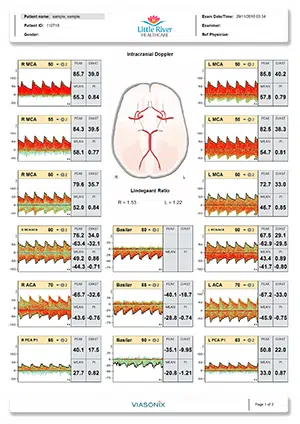
The Dolphin TCD also offers advanced reporting options, which allows for easy generation of reports for patient records and communication with other members of the healthcare team. This can be particularly useful in tracking the progression of vasospasm over time, as well as in evaluating the effectiveness of interventions such as endovascular treatment or hypervolemic therapy.
The use of TCD in daily vasospasm tracking has several clinical advantages, such as early detection and prevention of vasospasm, which can ultimately lead to improved outcomes for patients with aneurysmal SAH. Furthermore, by providing a non-invasive method for monitoring blood flow in the brain, TCD can help reduce the need for more invasive and costly diagnostic tests, such as angiography.
In summary, as a neurology surgeon, I often use Transcranial Doppler (TCD) to track vasospasm, which is a common complication following aneurysmal subarachnoid hemorrhage (SAH). One of the main benefits of TCD in tracking vasospasm is that it is non-invasive and can be easily performed at the bedside. The advanced display and reporting options of the Dolphin TCD allows for a more comprehensive and accurate evaluation of vasospasm progression, and can help guide decisions about treatment and intervention. TCD can ultimately lead to improved outcomes for patients with aneurysmal SAH.

